Bring the Industrial Revolution to Life with Hands-On Activities
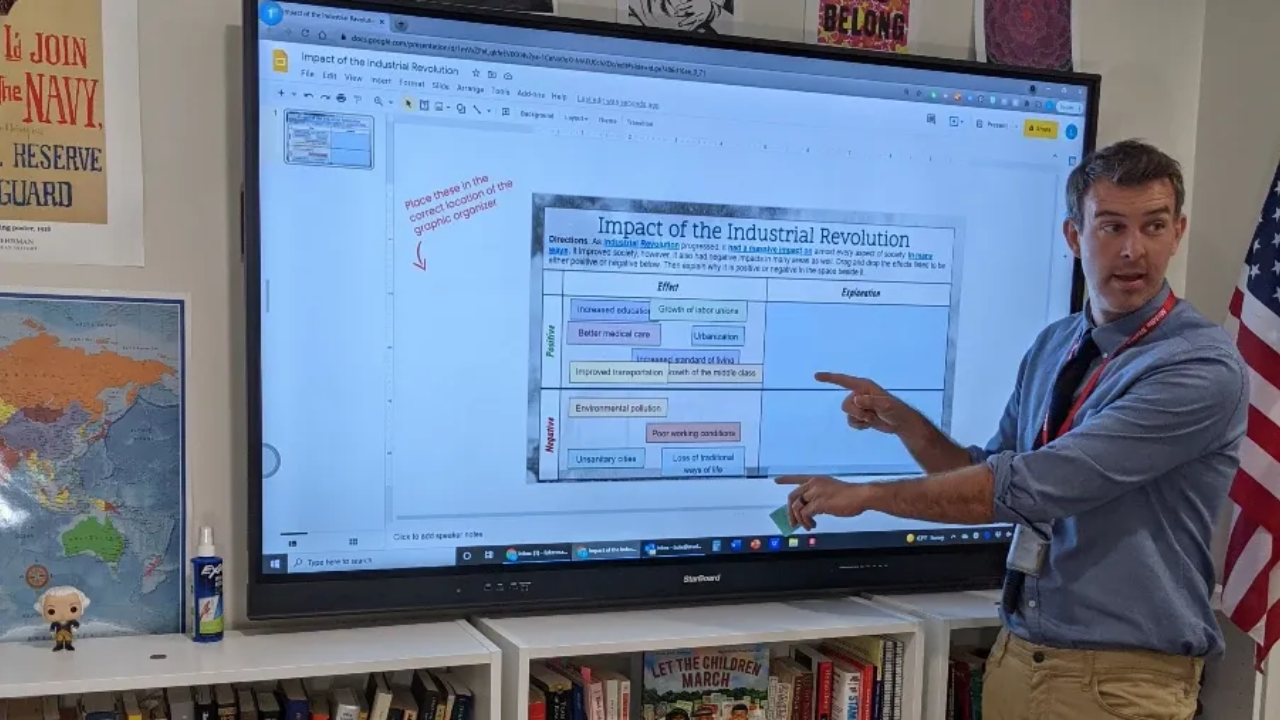
The Industrial Revolution is one of the most important units in your World History classroom. For a lot of students, it can also be one of the hardest to visualize though. Steam engines, textile mills, and assembly lines are new concepts for most kids and if you only lecture through them, it’s easy for students to tune out.
The key to making this unit engaging is to let students experience industrialization through interactive lessons, projects, and digital activities that show how innovation reshaped everyday life.
Here are some of my favorite hands-on resources and creative ideas to help bring the Industrial Revolution to life in your classroom.
1. What's Your Horsepower Activity
This classic, kinesthetic project lets students literally measure their own energy output! Using a stopwatch, stairs, and a simple formula, students calculate how much “horsepower” they can produce compared to a machine.
It’s a fun, inquiry-based way to introduce the concept of industrialization and h...
10 Engaging Resources for Teaching the Geography of South America
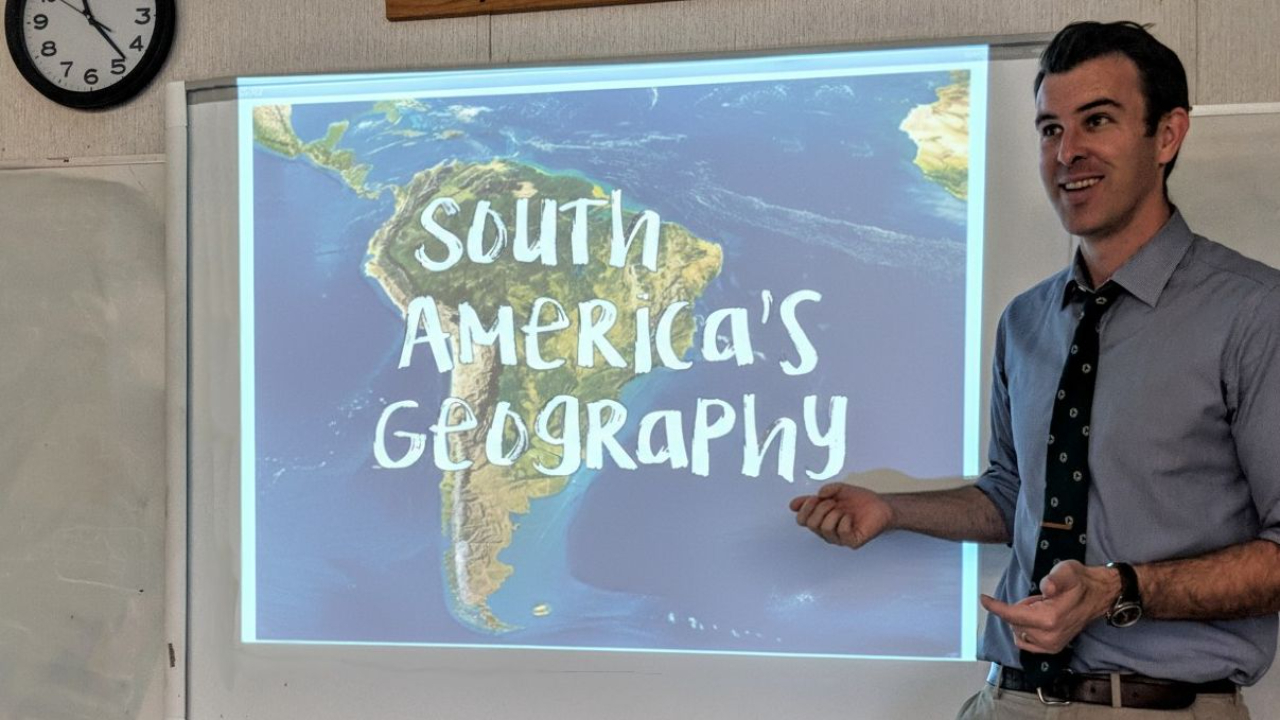
If you’re a middle or high school geography teacher planning a unit on South America, you know how important it is to go beyond maps and capitals. Students learn best when they explore the region’s landscapes, cultures, and current events in ways that are hands-on, visual, and thought-provoking.
Here are 10 teacher-approved resources that make teaching the geography of South America engaging and memorable for your kids. Each resource links to a ready-to-download lesson, activity, or project you can use in your classroom today.
Use this as your go-to list for bringing the Amazon, Andes, and beyond to life in your classroom.
Resources for Teaching South America's Geography
1. Amazon River & Rainforest Escape Room Lesson
Get your students excited to “escape” the Amazon! In this fun activity, students solve puzzles and decode clues to learn about the Amazon River, rainforest ecosystems, and the geography of the region.
For middle school kids, use the printable clues to guide groups t...
Engaging Resources for Teaching About the Judicial Branch
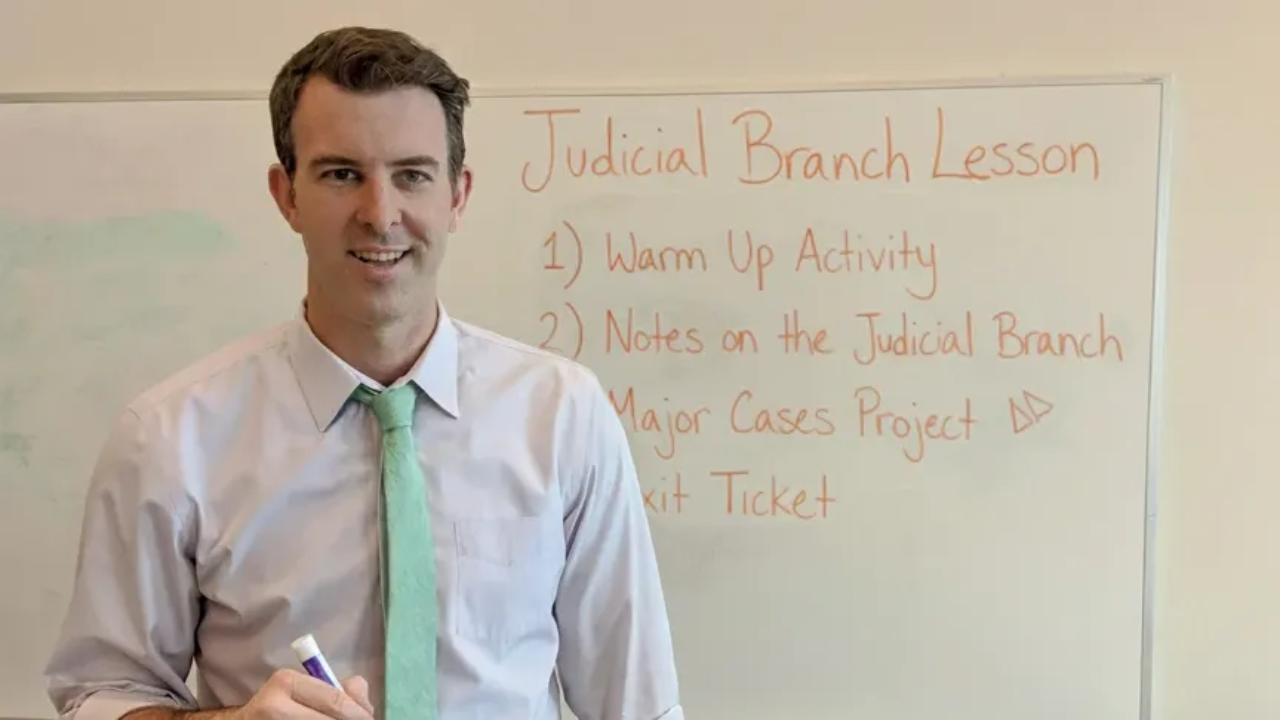
If you’re teaching about the Judicial Branch in your Civics or American Government class, you know it's important to go beyond memorizing the structure of the courts. Students learn best when they see how the judicial system actually works through real cases, interactive projects, and activities that bring the Constitution to life.
Here are 7 teacher-approved resources that build engagement, support critical thinking, and work perfectly in both middle and high school government or civics classrooms. Each one links directly to a ready-to-use activity you can download and teach right away.
Use this as your go-to list for ramping up your Judicial Branch instruction.
7 Activities for Teaching About the Judicial Branch
1. Judicial Branch Study Guide and Unit Packet
This thorough packet walks students through the structure and powers of the federal court system, including the Supreme Court, appeals courts, and district courts.
For middle school, I like to assign one page at a time as w...
10 Engaging Resources for Teaching World War 1 in Middle & High School Social Studies
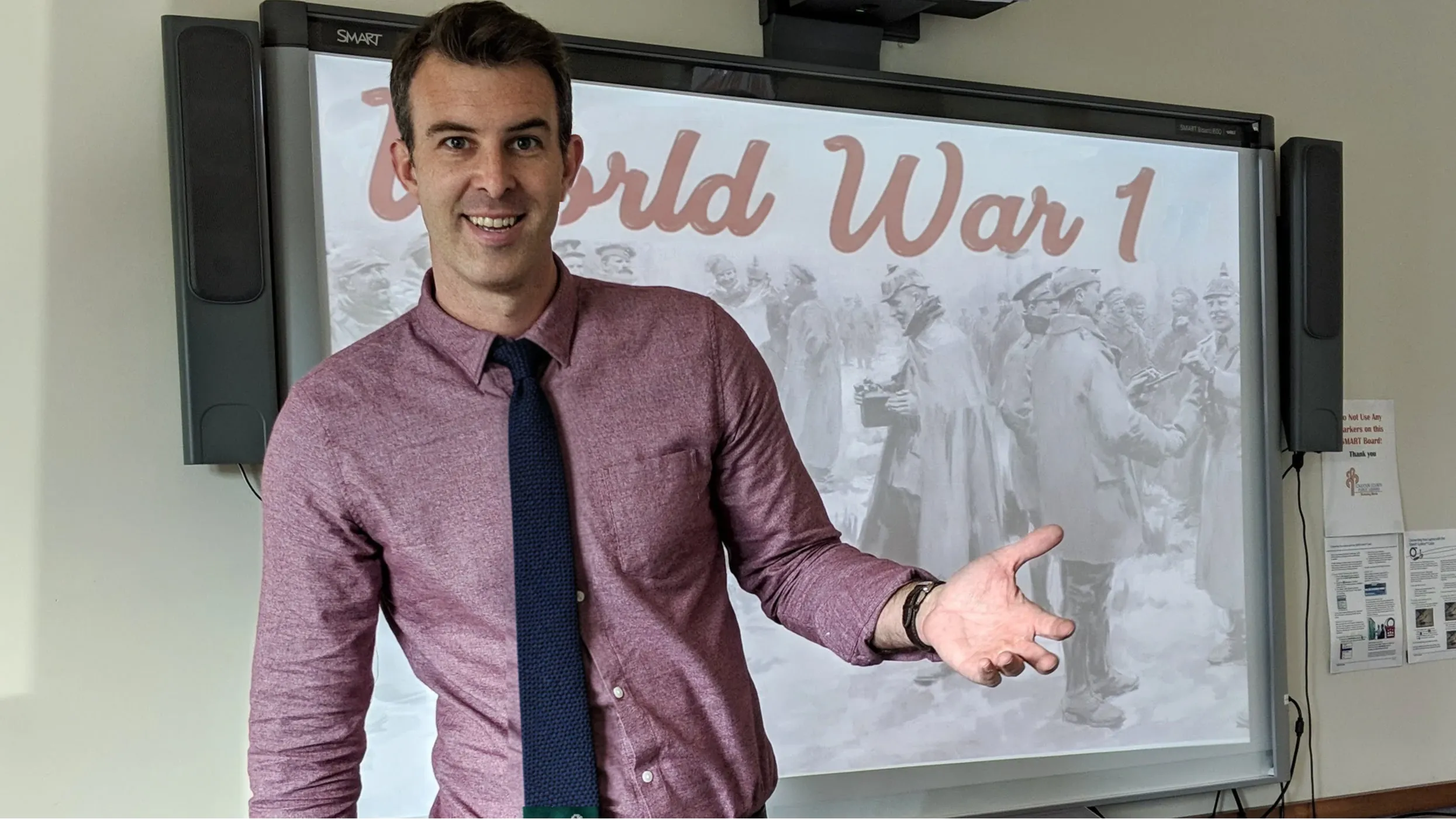
If you’re a middle or high school teacher planning a unit on World War I, you know how important it is to move beyond just the dates and battles. Students benefit most when lessons are interactive, visually rich, and help them think like historians.
Here I want to share with you 10 teacher-approved resources that build engagement, support critical thinking, and fit both middle and high school history classrooms. Each one links directly to a ready-to-use activity you can download right away.
Use this as your go-to list for ramping up your World War I instruction.
Top 10 WWI Teaching Resources
1. World War 1 Propaganda Analysis Activity
Analyzing propaganda helps students understand how governments mobilized citizens and shaped opinion during WWI. If you teach middle school, you can guide students through identifying message, audience, and techniques (thanks to media decoding frameworks. If you're a high school teacher, extend by asking students to compare propaganda from different...
Tug of War for U.S. History: Sparking Discussion & Critical Thinking in Your Classroom
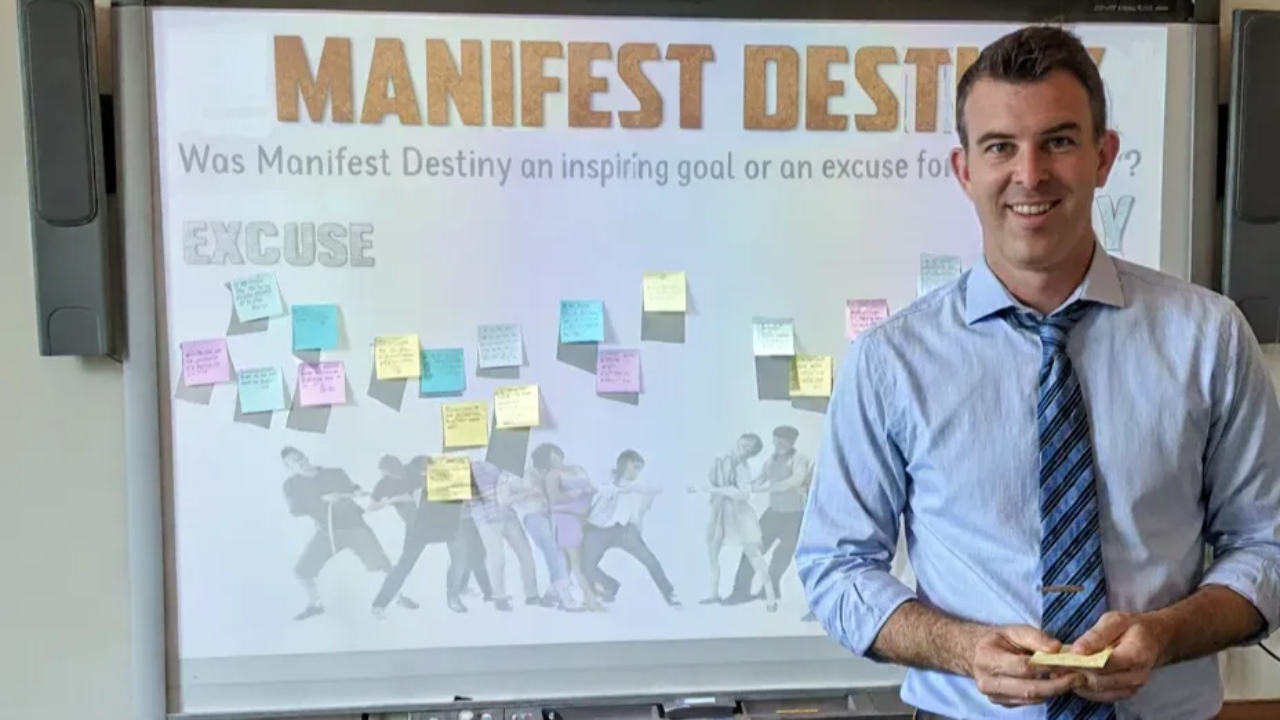
If you’ve ever wanted to get your students thinking deeply about history — and talking about it, too — try adding a Tug of War Question to your next lesson.
This simple but powerful strategy helps students form opinions, back them up with evidence, and see how their classmates think about the same issue. It’s one of my favorite ways to make history come alive for middle and high school students.
A Tug-of-War question is an open-ended, opinion-based prompt that doesn’t have a “right” answer. Students are asked to take a stance along a continuum from one extreme to another such as:
What Is a Tug of War Question?
A Tug of War question is an open-ended prompt that students respond to by taking a stance along a line or scale — from one extreme to another.
For example:
“How important was pop culture in ending the Cold War?”
(Not important at all ↔ Very important)
Students write their names or initials on sticky notes and place them along the line on your whiteboard. After everyone’s po...
Announcing the 2025 Students of History Scholarship Winner
Students of History is proud to announce Max Nguyen, a graduating senior from Rancho Alamitos High School in Anaheim, California, as the recipient of the 2025 Students of History Scholarship.
This annual award honors a student who demonstrates a deep passion for history and a commitment to using their understanding of the past to create a better future.
Max impressed the scholarship committee with a thoughtful and inspiring video essay that explored how learning about imperialism and settler colonialism in AP U.S. History and AP World History transformed their view of the world and their place in it.
In Max's own words, "History has never been just about facts or dates to me. It's a powerful lens in understanding my identity, my activism, and my role in this ever-changing world."
Drawing from personal connections to the Vietnam War and their family’s roots, Max spoke passionately about the lasting legacies of historical events and how that awareness has fueled a life of civic engag...
Score a Touchdown With Vocabulary Football

If you’re a secondary teacher, you know how important student motivation is. It’s a long school year and often students more than have the ability to succeed but their motivation comes and goes. I never saw that more than in teaching vocabulary. Just mentioning the word “vocabulary” seemed to make my students’ eyes roll and glaze over. I’m a History teacher, though, and understanding vocabulary is essential to student learning.
When I thought about what most motivates my students, I immediately thought of competition. Any review game we played where students were competing was always intense. Football was also huge at my school, so I planned out a way to combine all of this – football, competition, and vocabulary – to create one of my students’ favorite activities: The Vocabulary Football League (VFL)!
The best part, is this can work for any subject!
At the beginning of the year, I place students on teams of 4 (3 or 5 also work depending on your class load) and assign them a team an...
Announcing the 2024 Students of History Scholarship Winner
We're excited to announce that Toyosi Dada, a graduating senior at Towson High School, has been awarded the 2024 Students of History Scholarship. This prestigious scholarship, which has been awarded each year since 2017, recognizes a college-bound senior who has excelled in history education. Toyosi will receive a $1,000 scholarship to support her studies at the Georgia Institute of Technology, where she plans to further her education.
This year marked the first time that applicants were required to submit video essays on their favorite history lessons, as opposed to traditional essays. Toyosi’s winning submission detailed a World War I project that allowed her to connect with the soldiers' experiences through a hands-on approach. She also shared insights from her Law and Public Policy class, where she engaged in mock trials and debates, and from her Psychology class, where she created a memorable baby book project.
Toyosi’s exemplary academic performance and leadership qualities wer...
US History EOC Review Activities

Around May of each school year, I start thinking about US History EOC review activities to get my students ready for their state assessment.
No matter if you have a “high stakes” state test or local assessment, you’ll want to prepare a range of review games, activities, worksheets, study techniques and practice tests to get students ready for their end-of-year exam.
Review Games
The most fun way to keep your students engaged is to use a variety of review games. It’s a great way to make reinforcing historical concepts enjoyable and interactive. Students are then more likely to retain the massive amount of content you cover in a year of US History.
Here are a few fun game ideas for your classroom:
Pictionary: This is always a lot of my students' favorites. Start with a list of vocabulary and break students into groups. Then, get volunteers to draw the vocabulary word on the board while the group guesses. Here’s a free list of over 350 vocabulary terms from US History you can use to ...
6 Degrees of Separation Game for History

History is a tapestry of interconnected events, people, and ideas. Helping students to make connections in your curriculum is a powerful way to deepen their understanding of history and to see its connection to the world today.
An awesome way to promote this understanding is through a fun and interactive classroom game called "Six Degrees of Separation."
It's inspired by the old parlor game "Six Degrees of Kevin Bacon" that you might have played in college. In that version, someone picks a random actor and you have to connect them through films and other actors who have appeared together until you reach Kevin Bacon.
For example, if you were given the actress Zendaya:
Zendaya was in Dune with Josh Brolin. He was in was in Hollow Man with Kevin Bacon.
It's fun to allow students to try some out with actors they might know. A website called the Oracle of Bacon is helpful for finding examples.
There's a couple different ways you can use this game in the classroom.
First, you coul...